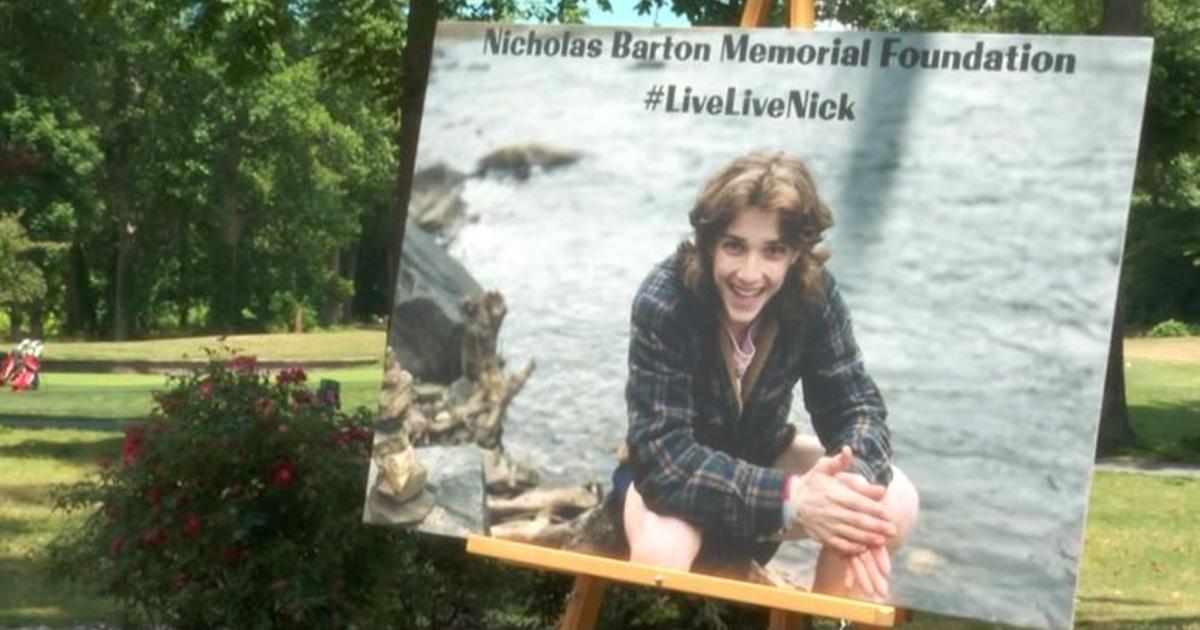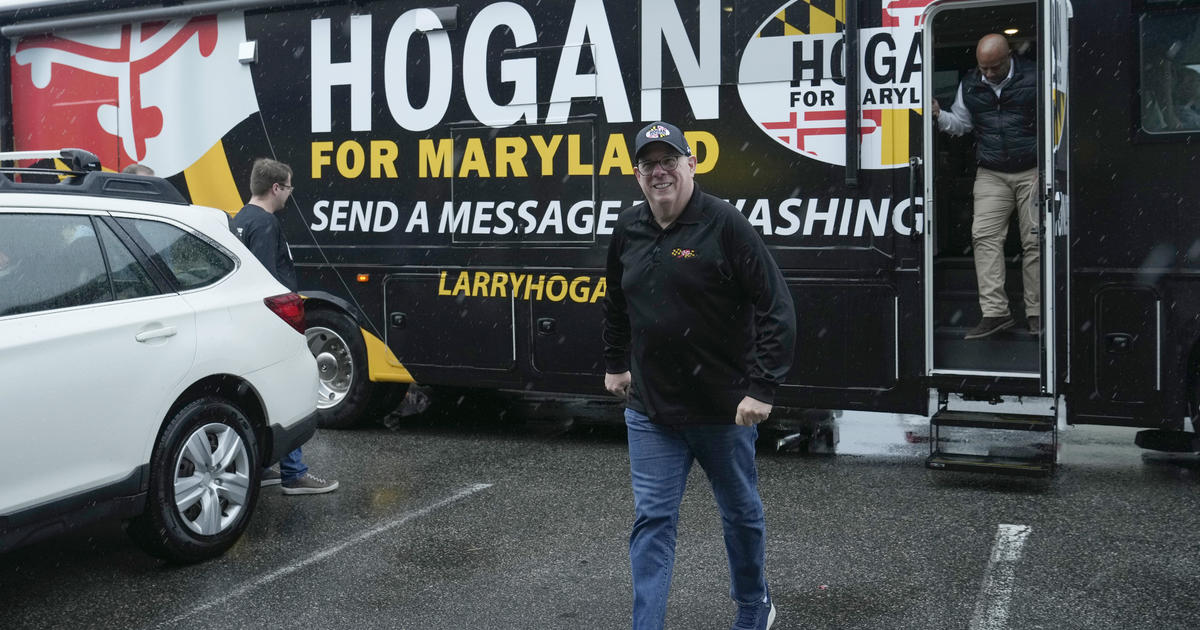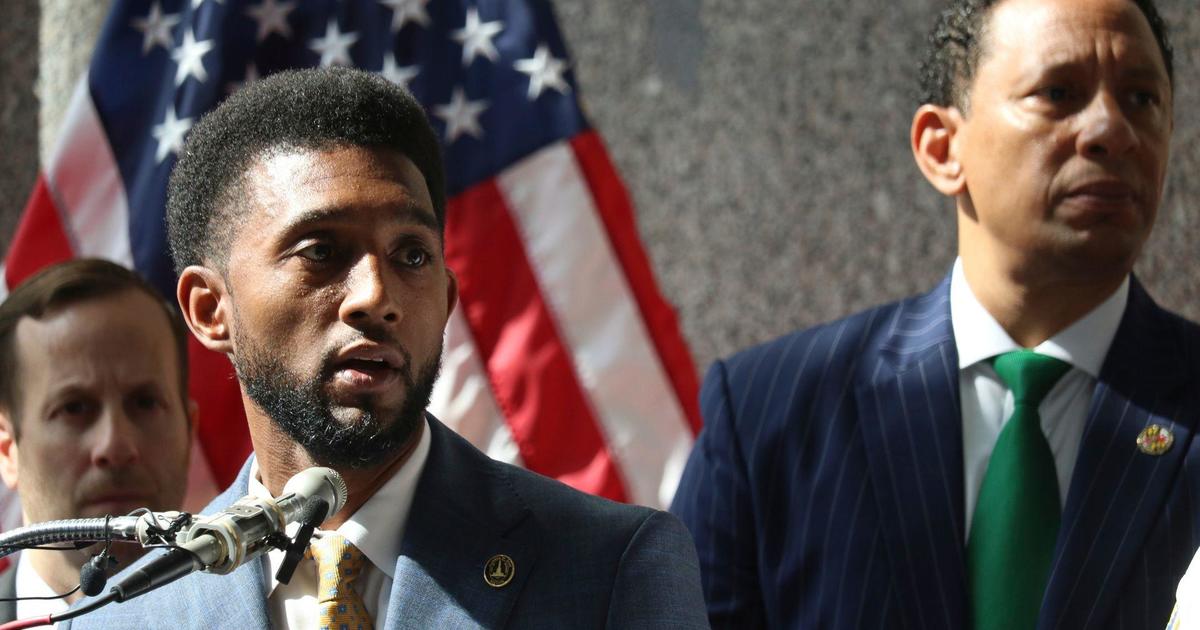History of Chesapeake Bay Bridge Explored In Film
SALISBURY, Md. (AP) -- It was the largest public works project in the state's history and, at the time, the world's longest overwater structure. It fueled local commerce, allowing Maryland's eastern and western shores to trade goods and services.
Life before the Chesapeake Bay Bridge was like another world, and its construction forever changed Maryland's culture.
The 4-and-a-half-mile stretch of steel that ties the two sides of Maryland together will be 60 next year, and Maryland Public Television is kicking off celebrations with "The Chesapeake Bay Bridge: Spanning the Bay," a film documenting the structure's history.
"We found stories about the bridge that bring it alive," said Michael English, executive producer of the film." We collected archival photos, home movies, videos, letters, postcards -- the amount of material out there that documents the construction of it is astounding."
The film explores the advent of the railroad and the automobile and how the Chesapeake Bay quickly became a barrier, rather than a bond, between the shores.
To reach either side, people would drive around the bay or catch a ferry, and both options yielded a lengthy trip. But the west's manufactured goods and the east's vacation spots, as well as its agriculture and seafood products, we're alluring to either side, and the ferry industry was booming, but it soon became difficult to keep up with the demand.
In 1937, the U.S. Congress authorized construction of a bridge from Sandy Point to Kent Island, but World War II hampered those plans. It wasn't until 1949 that ground was broken on the William Preston Lane Jr. Memorial Bridge.
In "Spanning the Bay," producers spoke to several men who worked to build the bridge, including Bill Cousimano, who was 18 years old and walked the beams with no tie-off and no harness.
Cousimano recalled the time he watched a co-worker plunge 100 feet into the water. The man survived, Cousimano said, but he thinks "they gave him the rest of the day off."
Producers also spoke to Jean Long, who was working for the Maryland state Roads Commission in July 1952, when the bridge opened. She remembers opening day, when she hopped into an ambulance and went soaring across the bridge at 90 miles per hour.
"We stopped in the middle, leaned over the edge and threw coins into the water," she said.
Once the bridge was open, traveling from one side of the state to the other was easy, and Ocean City transformed from a sleepy fishing village to a popular tourist destination.
"Lucky" Jordan, a former lifeguard for the Ocean City Beach Patrol, told producers the weekend the bridge opened, "We saw more people than we'd ever seen before. And by Saturday morning, it was
wall-to-wall people."
Also, local farmers saw a huge spike in demand, and still rely on the bridge to keep their businesses afloat. Robert Worm, a watermelon grower, said during the summer, he sends 10 tractor-trailers loaded with his product across the bridge each day.
The film also touches on the 1973 construction of the westbound stretch of the bridge, which became necessary as hundreds of thousands of cars heading to and from Ocean City clogged Route 50 every weekend.
Several other key players make appearances in the documentary, including Congresswoman Helen Delich Bentley, the Baltimore Sun's maritime reporter when the bridge opened; and toll collectors, fishermen and former ferry operators.
"Spanning the Bay" features a short 3-D segment that simulates a nostalgic drive across the "newly opened" bridge in a 1953 Cadillac Eldorado convertible.
"We decided to have a bit of fun with the subject by including a 3-D drive across the bridge, without all the traffic backups," said Steven J. Schupak, senior vice president at MPT. "This was our first attempt at this kind of filmmaking, and the idea was to add some new dimension to the program."
Schupak said MPT worked closely with Maryland Transportation Authority Police to close the bridge six times to film the segment. He said although it may appear the young couple is driving across the bridge on a warm, sunny day in July 1952, the segment was shot in November "on a cold, windy day."
Glasses for the segment were distributed in MPT's monthly program guide and will be available in Monday's editions of The Baltimore Sun. Any 3-D glasses will work.
Sunday marked the start of MPT's seventh annual Chesapeake Bay Week, "a weeklong run of programming encouraging public participation and discussion about the fragile health of the Chesapeake Bay watershed and its many tributaries," according to a news release.
Other programs to air include "Who Killed Crassostrea Virginica: The Fall and Rise of Chesapeake Bay Oysters," "Chesapeake Stories II" and "Growing Up on Tilghman."
(Copyright 2011 by The Associated Press. All Rights Reserved.)



